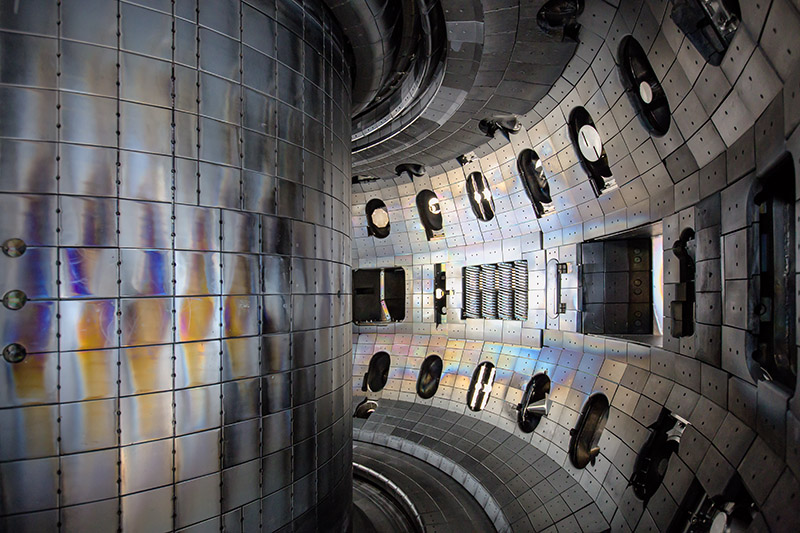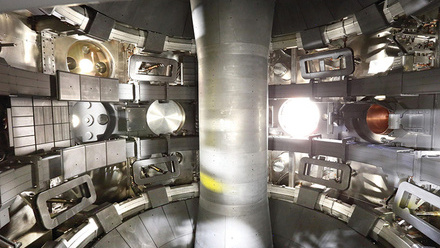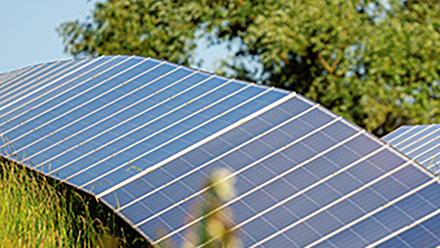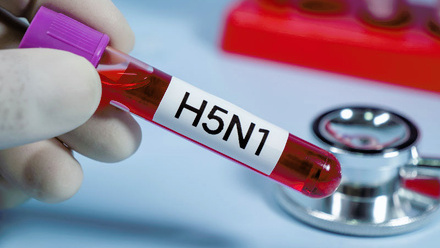Reducing the amount of radioactive material embedded in fusion vessels
The amount of fuel trapped in the inner walls of fusion tokamaks is better understood.

After exposing samples to superheated plasma in General Atomic’s DIII-D tokamak, the team at Princeton Plasma Physics Laboratory, USA, says their insights could make fusion systems safer and more efficient.
The study looks specifically at how much deuterium – thought to be one of the best fuels for fusion – might get stuck in the boron-coated, graphite walls of such a tokamak.
Research physicist at the lab, Shota Abe, says that understanding these coatings will help improve material selection for future plants.
Boron is used in some experimental fusion systems to reduce plasma impurities. However, researchers do not fully understand how a boron coating might impact the amount of fusion fuel that leaves the plasma and becomes embedded in the vessel walls. For the plant to work efficiently, it is necessary to know how much fuel might be trapped.
In a commercial system, the fuel is likely a mixture of deuterium and tritium, both forms of hydrogen. As tritium is radioactive and deuterium is not, deuterium was used as a stand-in for tritium in the experiments.
Boron film samples were created using a plasma made of a gas containing boron and deuterium (as well as with some impurities) in the DIII-D tokamak.
The researchers have used thermal-desorption spectroscopy to measure the deuterium, whereby the 100nm, boron-layer sample was heated and a mass spectrometer captured species that had been thermally desorbed.
The team has found that the main cause of trapped fuel is in fact not the boron coating, it is the carbon from the graphite walls. The walls are eroded by the plasma, releasing carbon species, which redeposit onto the wall with boron and deuterium species and form films.
Even small amounts of carbon increased the amount of deuterium fuel trapped during their experiment.
Abe explains that carbon and boron together can bind so tightly to deuterium that it would take temperatures around 538°C to break the bond, making it challenging to release the fuel without damaging the fusion system.
The researchers find that for every five units of boron trapped in a sample, two units of deuterium are trapped.
The scientists now propose swapping out the graphite tiles in the DIII-D fusion system for clean tungsten walls with pure boron coating, similar to the ITER environment – the multinational fusion facility under assembly in France.
They suggest using pure boron should result in negligible deuterium retention in the DIII-D configuration when the vessel is heated to 300°C (the level at which the deuterium escapes the boron layer).
'However, carbon can also come from other sources, even small air leaks, contamination during maintenance, or carbon monoxide gas release from metallic components,' Abe reflects. 'Achieving the complete elimination of all carbon inside a tokamak is likely to be a very challenging task.'
Tritium will still accumulate despite the elimination of carbon, adds Abe, as metals, including tungsten, are known to trap it. He believes radioactive material control is key.








